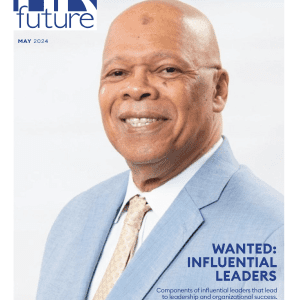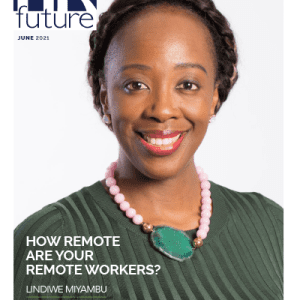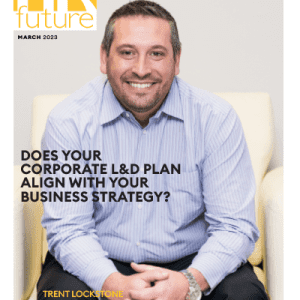Evolving technology is enabling us to do so much more than ever before and work from just about anywhere.
So, you don’t need bricks and mortar to build your company anymore … or do you?
It’s the decade of collaboration apps and big buzz concepts like mobility and remote working, which may bring about idealistic pictures of oneself sprawled out on a cushy sofa, churning out work with ease. No traffic jams! No sniffling co-workers! Paradise, right?
Yes, the new-age digital office means staff can get more done without the distraction of ringing phones and constant interruptions from colleagues. It also promises greater flexibility and will save them precious hours and money, usually spent on commuting to and from the office. This translates into improved employee morale, productivity, and lower overheads for your business. But you need to make some considerations before completely forsaking the traditional office.
Offsite work is not ideal for every kind of employee all of the time. Just think of your HR manager; can they really obtain the level of trust the role requires from staff, while still providing adequate support from miles away? An entirely remote model of work may also put your business at a disadvantage from a technological standpoint. Applying updates and adding new software could become a complex process when there is no common space from which to deploy them. Finally, there’s nothing like a little face time around the water cooler to stimulate collaboration – your company’s primary driver of innovation – which in turn fuels progress and future-proofs your chances of success.
It’s clear that there are pros and cons to both the remote and traditional approaches. So the question should not be which is better. It should be how best to combine them, to achieve the perfect balance for your company. We need to stop thinking of an office as a fixed physical space, but as a broader theoretical workspace that encompasses all of the places where work gets done. In other words, the work itself should drive how we conceive of and build these spaces.
Allowing your employees to tackle the bulk of their work independently at home may enable you to whittle down the number of workstations to just a few principal offices and hot desks. This will ultimately save you space and money in terms of leasing, or at least leaves you with lots of room for a redesign. To strike up that all-important balance between face-to-face contact and remote working, it makes sense to gear your office towards the aspects of your business that your employees can’t tackle at home – and that means prioritising collaboration.
As an example, AIG recently enlisted our help to renovate its workspace, which is now open plan and separated into defined departmental neighbourhoods. The space is interspersed with strategically placed private huddle rooms, collaboration and working areas, as well as client meeting rooms. However, you’d be mistaken if you assumed the magic formula was as simple as just throwing in a few couches and a break room.
As a part of a greater change management strategy, an office redesign needs to go beyond the square metres, incorporating several forward-thinking design and collaboration elements. You need to ensure functionality and practicality for your unique day-to-day operations, while simultaneously enabling remote working for those employees for which it is appealing and viable. The design also needs to tie into the scope of your brand, and provide flexibility for change as your company grows and transforms.
While the old at-your-desk-from-nine-to-five blueprint is being eclipsed, the future of the modern workspace lies not in the choice between two forks in the road – either in-office collaboration or the convenience of remote working. Rather, it’s about forging a new path that facilitates both. The route every company takes to do this will be different. It starts with an office that looks to optimise productivity by utilising today’s best designs, as well as tomorrow’s workplace trends.
Does your office achieve this?
Emma Luyt is the MD for Tétris South Africa.













